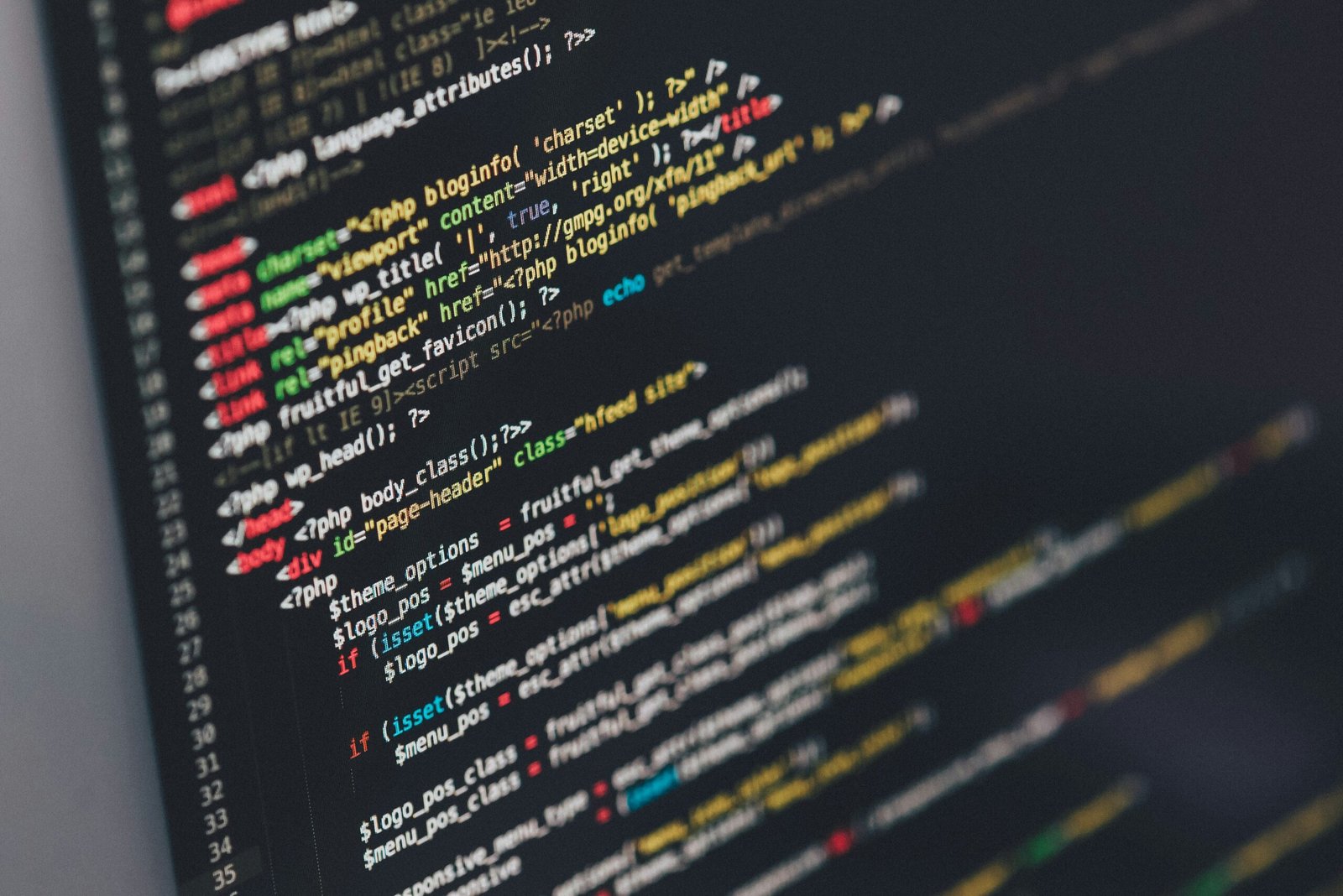Introduction to Quantum Programming Languages
Quantum programming represents a paradigm shift in the realms of computing and information processing. As traditional computational models face limitations in solving complex problems, quantum computing has emerged as a powerful alternative, leveraging the principles of quantum mechanics. This innovative approach has garnered attention from researchers, technologists, and developers alike, reflecting its growing significance across various sectors in the technology landscape.
At its core, quantum programming involves creating algorithms that harness quantum bits, or qubits, which differ fundamentally from classical bits. While classical bits can exist in a state of 0 or 1, qubits can exist in a superposition of both states simultaneously. This unique property enables quantum computers to perform calculations at unprecedented speeds and tackle previously insurmountable challenges, particularly in fields like cryptography, optimization, and drug discovery.
As such, understanding quantum programming languages is essential for developers aiming to stay at the forefront of technological innovation. With the emergence of dedicated quantum programming languages, such as Qiskit, Cirq, and Q#, developers are now presented with tools specifically designed to exploit quantum mechanics. However, learning these languages can be daunting due to the abstract nature of quantum theories and concepts.
This article aims to demystify quantum programming languages by providing insights into their functionality, comparing various languages, and discussing the vital skills necessary for effective programming in a quantum context. Developers will gain a deeper understanding of how these languages operate and their applicability in solving real-world problems. As we delve into the intricacies and applications of quantum programming, readers will be equipped with the knowledge and skills necessary to navigate this innovative domain effectively.
Key Quantum Programming Languages Explained
Quantum programming is an evolving field that harnesses the principles of quantum mechanics to tackle complex problems. Several programming languages have been developed specifically for quantum computing, each with unique features and applications.
Q# is a domain-specific programming language designed by Microsoft for developing quantum algorithms. It integrates seamlessly with the .NET ecosystem and allows developers to leverage classical computing alongside quantum processes. Q# promotes a clear separation of quantum and classical code, making debugging more manageable. Its extensive libraries include pre-built algorithms and a simulator, facilitating testing without accessing a physical quantum computer. Notable applications of Q# include efforts to optimize logistics and materials discovery.
Qiskit, developed by IBM, is an open-source quantum computing framework that provides tools for creating and executing quantum circuits. It offers a rich set of libraries for various applications ranging from quantum machine learning to chemistry simulations. Qiskit’s user-friendly interface allows for both novice and experienced programmers to contribute to quantum research. A notable project utilizing Qiskit involves the simulation of quantum dynamics for chemical reactions, showcasing its real-world relevance.
Cirq is Google’s quantum programming framework focused on experimenting with near-term quantum computers. It emphasizes the development of quantum circuits and is tailored for building and optimizing quantum algorithms needed for real-world applications. Cirq allows researchers to build custom gate sets and has been used in various projects, including quantum neural networks, illustrating its strength in addressing complex computational problems.
Other noteworthy languages include PyQuil, an open-source software framework for quantum programming based on the Quil instruction set, and Strawberry Fields, which is tailored to photonic quantum computing. Each language has its strengths and limitations, and the choice often depends on specific project requirements and the type of quantum hardware being utilized.
Choosing the Right Quantum Programming Language
Selecting the most suitable quantum programming language can be a pivotal decision for developers engaging in quantum computing projects. This choice is typically influenced by various factors, including the specific requirements of the project, the developer’s existing skills, and the resources at their disposal. Generally, it is prudent to begin by assessing the documentation provided for each language. Comprehensive and clear documentation often indicates a robust programming environment that is easier to learn and apply in practical scenarios.
Another essential aspect to consider is the level of community support surrounding the quantum programming language. A vibrant developer community not only offers resources and troubleshooting assistance but also provides a wealth of shared libraries and tools that can enhance productivity. It can be beneficial to participate in forums, explore GitHub repositories, or attend workshops to gauge community engagement and support for various languages, such as Qiskit, Cirq, and others.
Integration capabilities with existing tools and workflows must also be evaluated. As quantum programming is still an emerging field, many developers may find that they need to merge quantum algorithms into classical computing frameworks. Thus, ensuring that a chosen language seamlessly integrates with popular programming environments, such as Python or Java, will enhance the overall efficacy of the project.
Moreover, staying informed about the latest trends and technological advancements in the quantum space is imperative. The field of quantum computing is rapidly evolving, and new languages or significant updates to existing ones may emerge. By keeping abreast of news from leading organizations and research institutions, developers can make informed decisions that prioritize both current and future project requirements.
Conclusion and Next Steps in Quantum Programming
Quantum programming is an evolving and fascinating field that promises to revolutionize computing as we know it. As we have explored throughout this article, the choice of the quantum programming language is crucial for developers aiming to harness the power of quantum computers effectively. Each language, whether it be Qiskit, Cirq, or others, offers unique advantages, making them suitable for different types of quantum applications. Understanding these distinctions is vital for developers looking to innovate in this nascent domain.
For those looking to step into the world of quantum programming, there are several actionable steps one can take. First, it is recommended to begin with online courses that focus on quantum computing basics and specific programming languages. Platforms such as Coursera, edX, or even dedicated quantum programming resources provide various levels of content suitable for beginners and advanced programmers alike.
Additionally, joining online communities and forums, such as Quantum Computing Stack Exchange or GitHub repositories, allows developers to engage with peers, share knowledge, and seek assistance. Such interactions can enhance one’s understanding of real-world applications and challenges associated with quantum programming.
Moreover, accessing tutorials and open-source projects can provide practical experience. Many organizations and research institutes also offer workshops and events focusing on quantum computing advancements, which serve as excellent opportunities for networking and skill development.
As quantum technology continues to advance, the necessity for proficient quantum programmers will only increase. Therefore, staying informed about the latest developments in this area is essential. Readers are encouraged to share their thoughts, questions, or experiences regarding quantum programming in the comments section below. This interaction will foster a community of learning and support among those passionate about advancing their knowledge in quantum computing.



